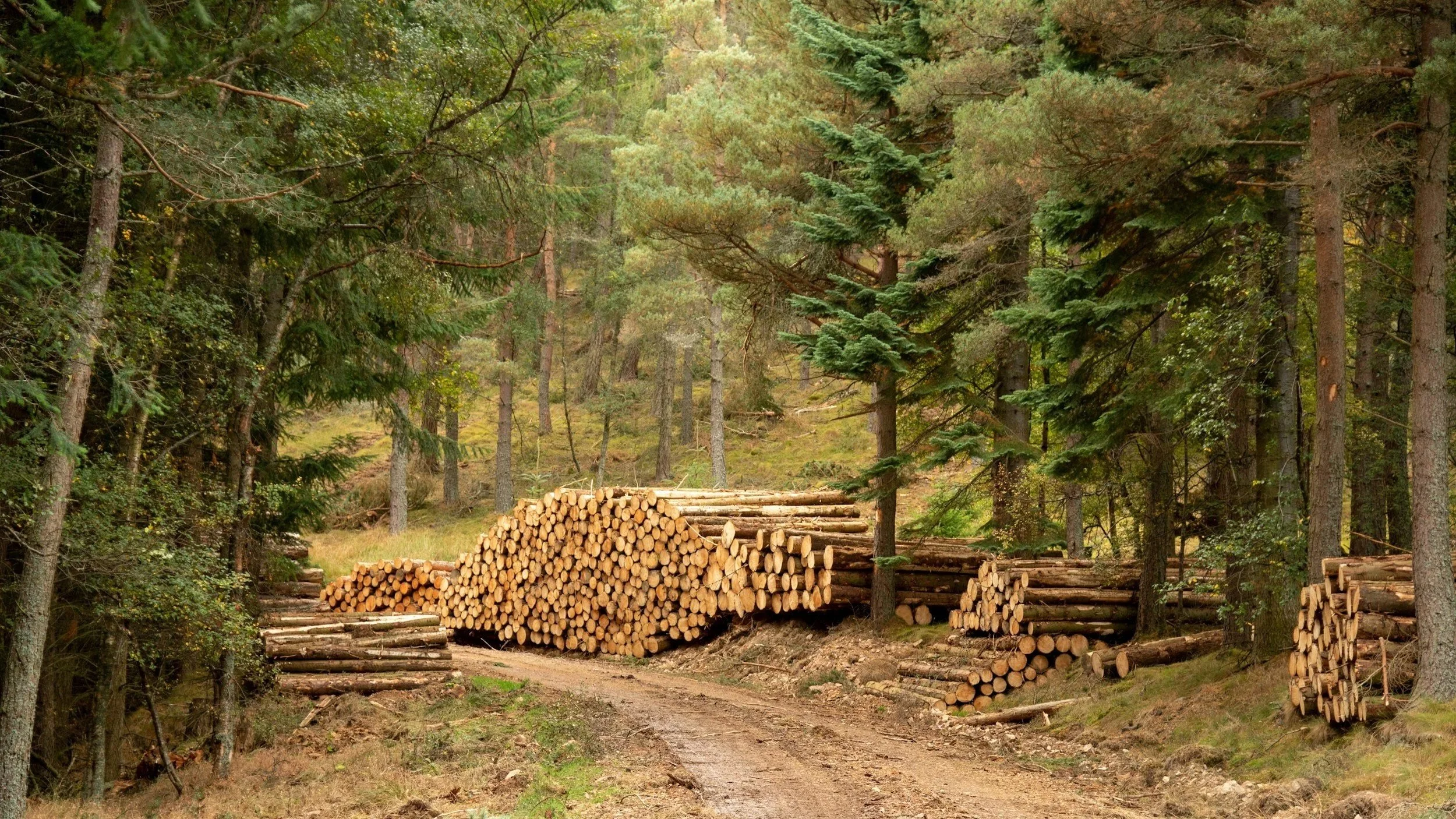A Sustainable Investment: Exploring Forestry and the Wood Pellet Market
In an era where environmental, social, and governance (ESG) factors are increasingly influencing investment decisions, the forestry sector has emerged as a compelling opportunity. Far from being just a traditional commodity, modern forestry represents a tangible, long-term asset that provides both biological growth and a hedge against inflation. The sector's appeal is further amplified by the rising global demand for sustainable products, with wood pellets leading the charge as a key player in the renewable energy landscape.
The Enduring Value of Forestry
Investing in timberland is unique because it combines real assets with natural growth. Trees are a living resource; they grow larger over time, naturally increasing their value. This biological growth provides a consistent return that is often uncorrelated with traditional stock market cycles. Furthermore, as a physical asset, timberland can offer a strong hedge against inflation, and it provides a valuable source of diversification for a well-rounded portfolio. The shift towards sustainable forestry management also ensures that this resource is managed responsibly for future generations.
Wood Pellets: A Key Driver for Growth
Wood pellets are small, compressed cylinders made from sawdust, wood shavings, and other byproducts of the forestry and timber industry. Their significance lies in their role as a renewable and low-carbon energy source. Primarily used for heating residential homes and generating electricity in industrial settings, particularly in Europe and Asia, wood pellets capitalize on the global push to reduce reliance on fossil fuels. This growing market creates a new source of revenue for forestry companies and a tangible, sustainable product that directly contributes to the green energy transition.
Investment Avenues in the Sector
Investors can gain exposure to this market in a few ways. For those seeking direct control, investing in timberland itself offers ownership of the physical asset. Alternatively, there are publicly traded companies known as Timber REITs that own and manage large swaths of forestland, providing a more liquid way to invest. Lastly, you can invest in companies that specialize in the production and distribution of wood pellets, tapping into the manufacturing and energy side of the value chain. By combining the stability of forestry with the growth potential of wood pellets, this sector offers a compelling blend of traditional asset management and forward-looking sustainability.
Disclaimer: The content provided herein is for general informational purposes only and does not constitute financial or investment advice. It is not a substitute for professional consultation. Investing involves risk, and past performance is not indicative of future results. We strongly encourage you to consult with qualified experts tailored to your specific circumstances. By engaging with this material, you acknowledge and agree to these terms.

